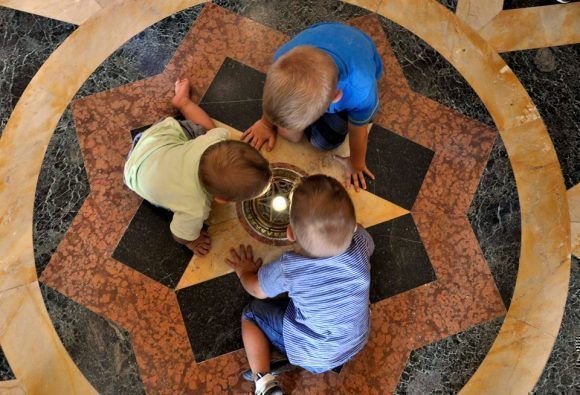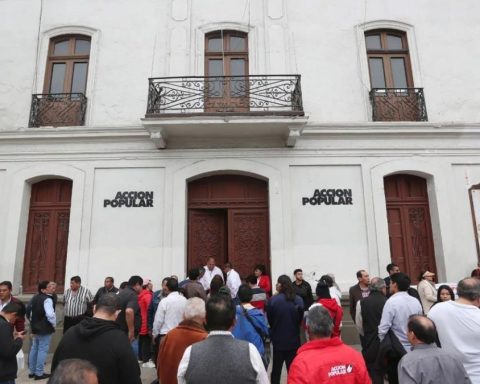Mexico City, Mexico.-Around the diamond of the Capitol, the same one that no one has seen for decades, many stories have been told, some with touches of fiction. What was the origin of this jewel, for some, cursed? How did they steal it? CubaNet tells you.
The original owner of the diamond was the last Russian Tsar Nicholas II, forced to abdicate when the Bolsheviks seized power. Among the exclusive jewels that were confiscated was his crown and precisely the 25-carat diamond that ended up in the Cuban Capitol was separated from the Russian crown.
But long before the government of Gerardo Machado placed the majestic stone in the Hall of Lost Steps, there was a Cuban woman interested in possessing it.
This is María Jaén, wife of then President Alfredo Zayas. She was encouraged by Isaac Estéfano, a Havana-based Turkish jeweler to acquire the diamond. The jeweler traveled to Paris to pick up the jewel and when he already had the diamond in hand, the first lady regretted it and she did not want to pay the 17,000 pesos they had agreed to. So Estéfano had no choice but to keep the stone while he waited for a new buyer, but it wouldn’t be that easy. Which made him speculate that the gem was cursed and augured a bad omen to whoever had it.
The merchant’s superstitions were not entirely unfounded: those who touched the diamond before him did not do well. To begin with, the tsar ended up without a crown and murdered along with his family. The duchess who sold it to him in Paris died ten days after the sale, and the Russian who served as an intermediary in the business was blinded as a result of an attack. That’s not all: Estéfeno himself had not prospered in business since he kept it. He even had to pawn it to get out. In addition, he suffered several assaults by thieves who tried to remove the stone from him.
When he thought that he was not going to be able to get rid of it, Carlos Miguel de Céspedes, Minister of Public Works of the government of Machado, he was interested in acquiring it to place it in the Capitol, still under construction. For 12 thousand pesos he sold it.
The capitol robbery
On May 20, 1929, when the Capitol was inaugurated, the brilliant was already in place, marking kilometer zero. It was from the beginning one of the main attractions of the place, which in 1931 would be presented as the headquarters of the congress.
For almost 20 years he was the diamond in its place until on the morning of March 25, 1946, the guards discovered that it was gone. The experts assured that the theft was committed by experts. Miguel Suárez Fernández, president of the Senate, suspended from employment and salary the police squad that guarded the building that night, but there was no trace of the gem.
About the feat of robbery he wrote the journalist and historian Ciro Bianchi “The jewel was considered one of the best protected treasures of the Republic. It had been set in agate and platinum before being inserted into a block of andesite, the strongest granite in the world, and this in turn was covered by another, concrete, when it was embedded in the floor, in the center of the Hall. A cut glass, so solid that it was considered unbreakable, reinforced its shelter. But only 30 minutes, it seems, was enough for the thieves to steal the diamond.
Fifteen months later, on June 2, 1947, President Ramón Grau San Martín called some of the most important government figures to his office. He had a surprise to tell: the diamond had been returned to him anonymously.
Then it was taken to its original place in the heart of the Capitol and there it remained until 1973, when the regime decided to move it. Supposedly it is kept in the Central Bank of Cuba, although for decades no one can confirm it.



















